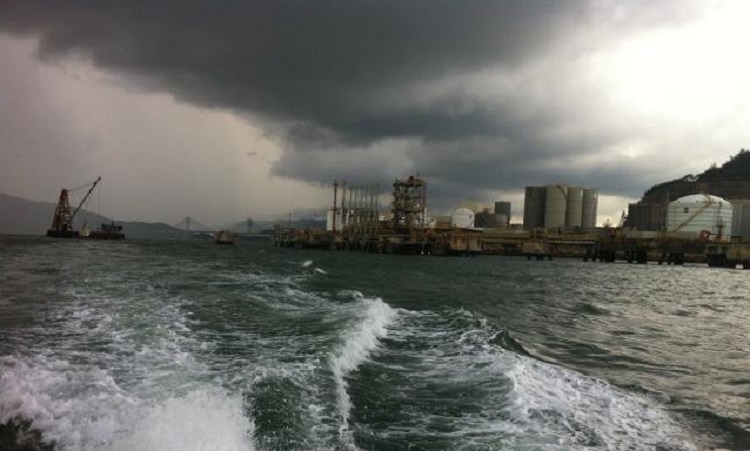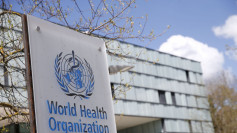Unfortunately for the people in Hong Kong, the city is still recovering from the most intense typhoon to hit since records began. Apparently, it is far from over. According to the city's chief weatherman, residents must stay vigilant, especially since the storm season is not over yet.
In a report from South China Morning Post, peak tropical cyclone season may have passed - 90 percent occur between June and October - but sea surface temperatures over the Pacific remain warm and typhoons are known to form as late as November. This was later on confirmed by Shun Chi-ming, director of the Hong Kong Observatory.
In November 1900 for example, a typhoon equivalent in power to a No 10 storm by today's standards made a direct hit over Hong Kong. With the threat of powerful storms on the scale of Typhoon Mangkhut more likely in the future amid a changing climate, the city will have to rethink its resilience strategy and adopt new technologies to help it better respond to extreme weather, the director said.
"This time our disaster response was not bad but prevention is better than the cure," he said on a local radio programme. "In the future, we may have to face [stronger storms]; in fact, over the course history, we've never really had to face a situation where a super typhoon made landfall over Hong Kong."
To strengthen resiliency, Hong Kong may have to think about changing the way infrastructure is built.
"With rising sea levels, would land reclamation works have to be done higher? Should we be building sea walls that are higher and stronger?"
Hong Kong could also consider adopting real-time data sharing that would allow government departments to coordinate and respond to severe weather. During storm surges, for instance, different departments could provide images of how different areas along the coast were affected.
Mangkhut, which was a severe typhoon by the time it reached the city on September 16, battered Hong Kong, leaving 400 people injured. It also caused unprecedented damage, costing an estimated US$1 billion (HK$7.8 billion) in insurance, GDACS reports.
The Hong Kong government reportedly received over 54,000 reports of fallen trees while strong guests flung debris across many parts in the city, while heavy rain caused serious flooding in coastal and low-lying areas.
But after the experiences of Mangkhut last month and Hato - a super typhoon that hit Hong Kong but severely battered Macau in August 2017 - Shun conceded that the public's awareness of disaster preparedness was noticeably higher.






